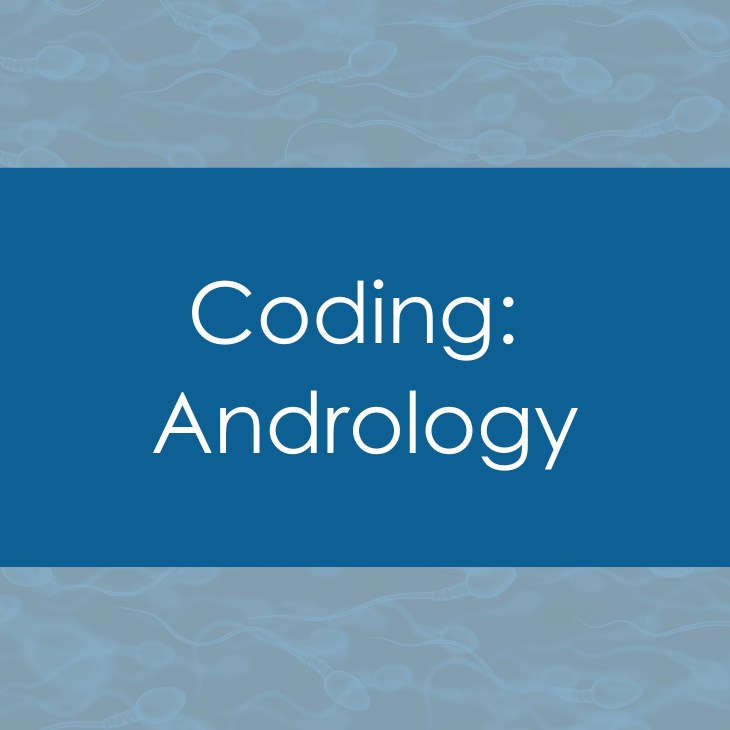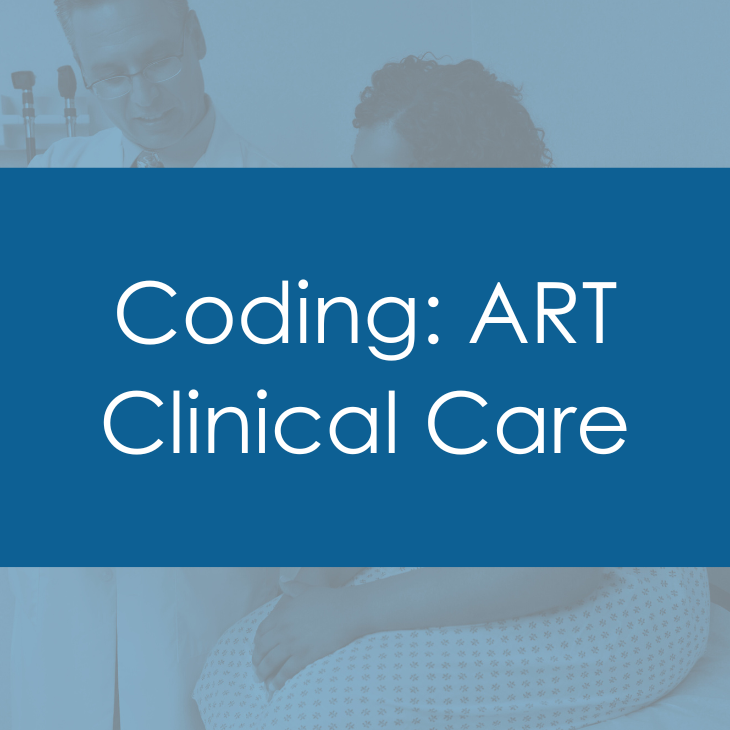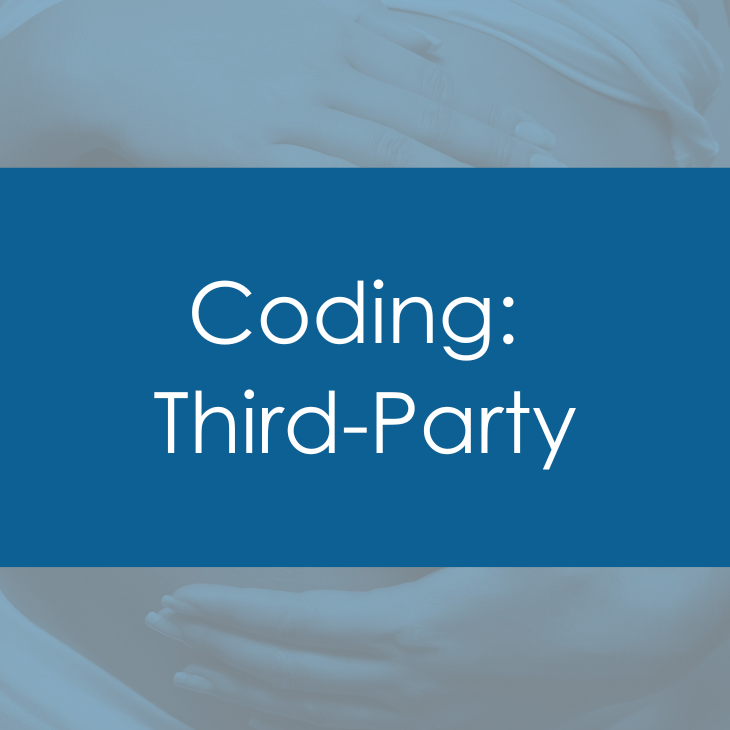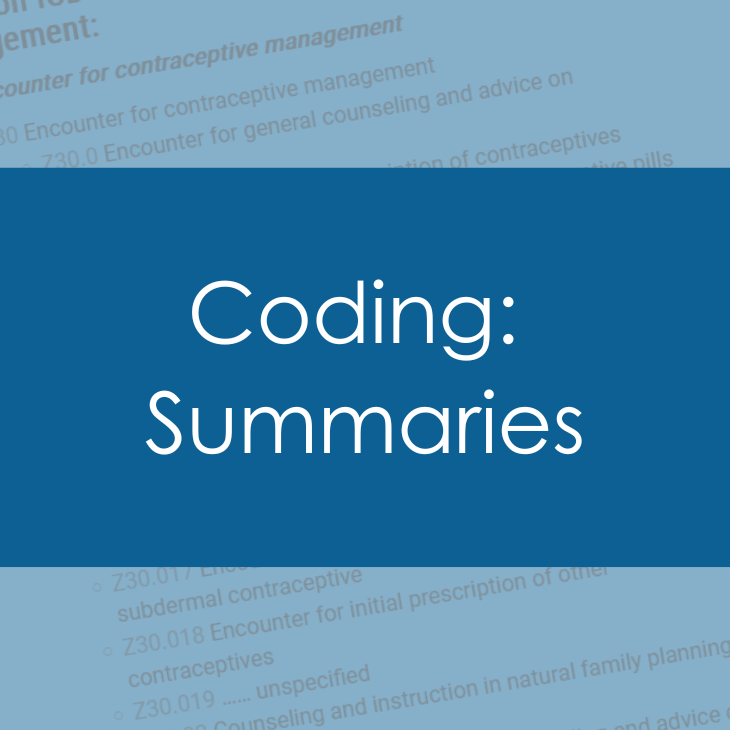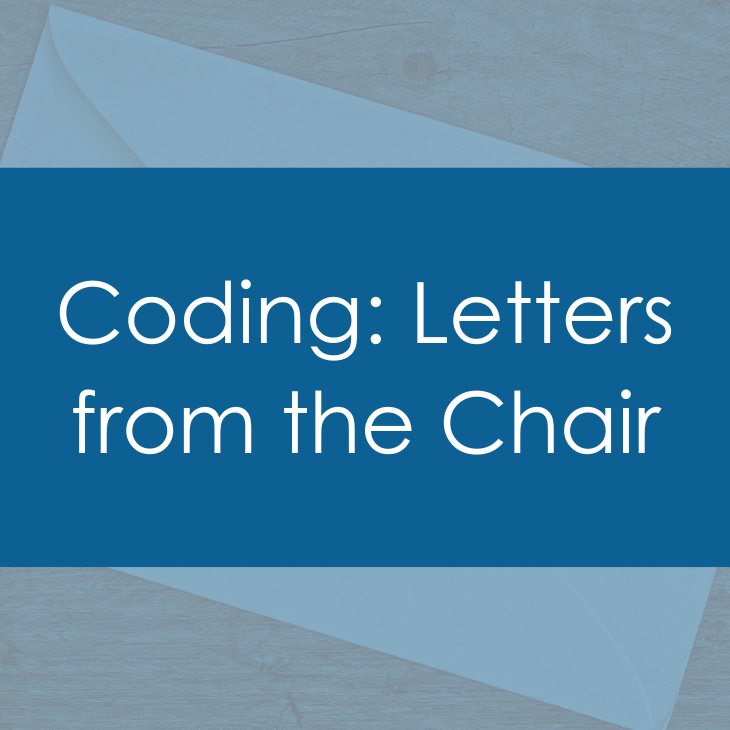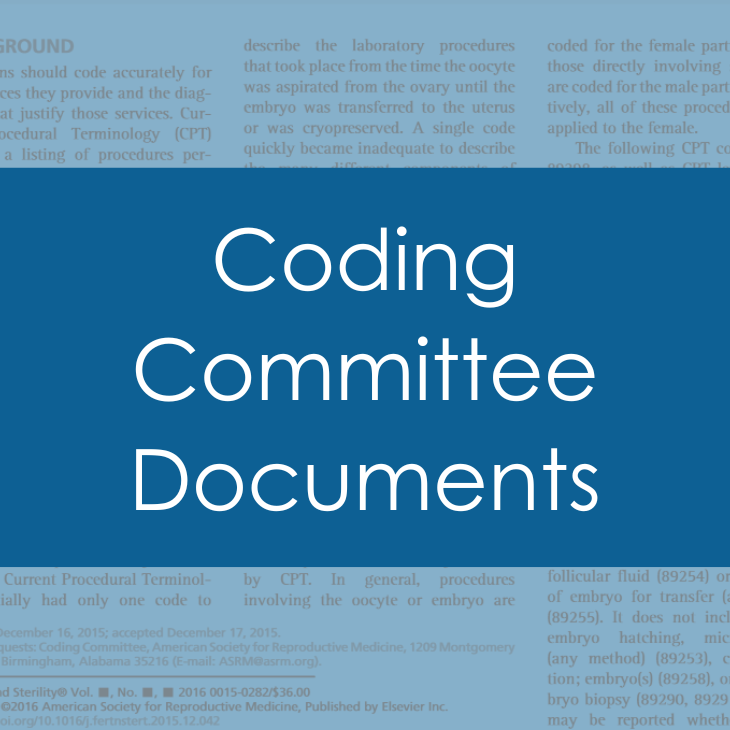Oocyte Denudation
- Is there is a separate code for denudation of oocytes? and
- If denuding oocytes is bundled into another code for either IVF or ICSI, please explain. Assisted hatching has its separate code, and it is a much simpler procedure. Assisted hatching is making the shell (zona pellucida) of the embryo thinner by several different micro-techniques. Most common method is using laser. If the lab does not have a laser, then an acidic solution is used to carefully dissolve the zona. Assisted hatching is a different procedure from denudation of oocytes and is done for different reason. When denuding (stripping) the oocytes is for ICSI: One must immerse the eggs in hyaluronidase for about a minute, no less, no more. Timing is important. If the egg is immersed in the hyaluronidase too little time, the cumulus cell will not come off and stick to the eggs. It is impossible to pass an ICSI needle through the cumulus cells into the egg. In other words, the egg must be almost naked with no cumulus cells attached to it. Immersing the egg in hyaluronidase too long will adversely affect the egg. (Naturally, sperm produces that enzyme hyaluronidase to break apart the cumulus cells that surround the egg. But when doing ICSI, nothing is natural here.) The bulk of the cumulus cells will come off after that one minute of "digestion" by the hyaluronidase enzyme. But usually there is still a layer or two of cumulus cells densely adherent to the egg surface. After that one minute of hyaluronidase, one uses a series of pipette tips with decreasing size, from 175um, to 150 um and 135 um internal diameter to "squeeze" the eggs through the pipette, i.e. to force the remaining cumulus cells to fall off the surface of the oocytes, hence the name "stripping". When denuding oocytes is done for conventional IVF: Denuding / stripping for conventional IVF is done the day after the oocytes are inseminated with sperm. The sperm will have done most of the job of removing the bulk of the cumulus cells, but we still need to pass the eggs through a series of pipette tips with decreasing size, from 175um, 150um to 135 um diameter, to completely remove the cumulus off the surface of the eggs. For IVF, we need to see through the eggs under the microscope after conventional IVF to confirm fertilization. One looks for whether there are exactly two pronuclei, one from the egg and one from the sperm. Two pronuclei is a normally fertilized egg. Sometimes you see three or more pronuclei, those eggs must be discarded immediately. An unfertilized egg has no pronucleus. Denudation (or removal of all the cumulus cells around the oocyte) is a necessary procedure before the oocyte can be ICSI. Denudation (or removal of all the cumulus cells around a fertilized egg when conventional IVF is done) is a necessary procedure before the oocyte can be examined under the microscope to check whether it was fertilized normally, with two pronuclei, NOT fertilized, or abnormally fertilized like having three or more pronuclei. After reading the Correct Coding for Lab Procedures paper, we remain unsure about this billing. Your review and reply will be greatly appreciated.
Login now to view this Coding information. Coding Resources are available to ASRM Members only.
If you are not an ASRM member and would like to be, visit the Membership Tab above.
Coding Q&A
View more Coding Q&A in this category
Coding PGT requisitions to the PGT lab
Do you have any recommended codes to use for PGT requisitions to the PGT lab?
Billing for cryopreservation procedures on different days
I understand that if cryopreservation of oocytes is performed on two separate dates of service, each date of service was billable.
Billing IVF lab work
We typically bill our IVF Lab work under the rendering provider who performs the VOR. Who should be the supervising provider for embryology billing?
Estradiol Free versus Total
Should patients with fertility issues be billing Estradiol Free (82681) instead of Estradiol Total (82670)?Topic Resources
View more on the topic of in vitro fertilization (IVF)
Topic Resources
View more on the topic of intracytoplasmic sperm injection (ICSI)
Topic Resources
View more on the topic of oocytes (eggs)

